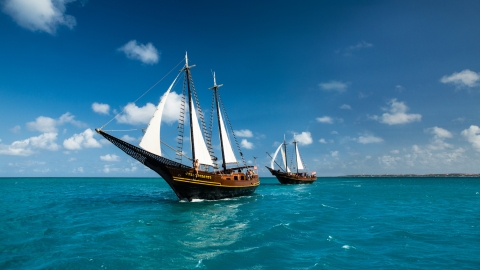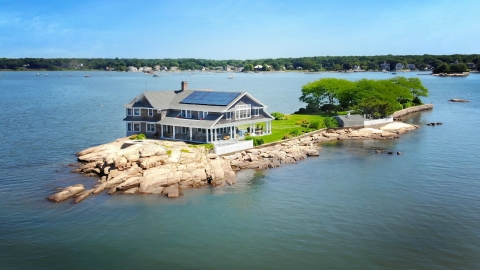Place of exile
When World War I broke out in 1914, the crew of the German battleship SS Oberhausen was declared an 'enemy alien' and captured by a group of 11 Australian naval reservists. Captain Johann Meir and his crew, who were taking in timber at Port Huon in Tasmania, could have refueled and left port. Instead, they stayed, believing it was safer than returning to Germany to fight. Having cut open barrels of wine on board to drink with their captors, they all arrived in the capital Hobart drunk.
These Germans were eventually taken to an internment camp at Bruny Island Quarantine Station. Conditions at the camp were quite good and Captain Meir is said to have said: "What better place to spend the war?" He was not the first, nor the last, to experience freedom and isolation on Bruny Island.
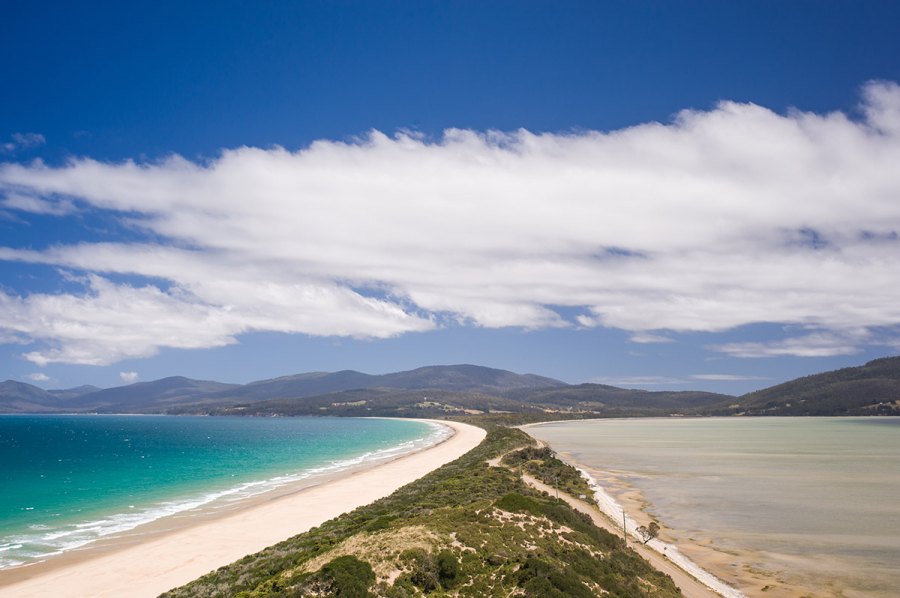
Bruny Island is located off the southeast coast of Tasmania.
This small island off the southeast coast of Tasmania has played a significant role in Australia’s history – its isolation making it the perfect location for quarantine. The word ‘quarantine’ comes from the Italian ‘quaranta giorni’, meaning 40 days, the period ships were often required to anchor offshore before landing to prevent the spread of diseases like typhoid.
From 1884, passengers arriving in Tasmania had to be disease-free before being admitted into the community. Instead of being quarantined on board, they were quarantined and examined on shore at Bruny Island Quarantine Station, which still exists on the island today. Prior to that, the land was occupied by the Nuenonne Aboriginal people, who had lived a nomadic lifestyle there for more than 6,000 years.
Bruny Island was, and still is, a beautiful place covered in native forest and surrounded by waters teeming with fish. As the Nuenonne tribe lived by hunting and gathering, they were probably aware of Europeans passing by as early as 1777, as ships sailing around the Cape of Good Hope in South Africa would often call at Adventure Bay on Bruny Island as a safe anchorage to replenish supplies such as water and wood.

Lighthouse on Bruny Island
However, it wasn’t until 1856 that Europe took over the Quarantine Station, with the arrival of the Cox family. Anthony Cox, convicted of trespassing, was brought from England to Hobart in 1833. He was granted a conditional pardon in May 1849 and soon married another convict, Jane Daly. As an ex-convict of ‘good conduct and industriousness’, he was given a 19-acre plot of land by the government on what would become the Bruny Island Quarantine Station. Cox and his family cut wood to make a living on what was widely considered a ‘dog eat stone, chicken eat gravel’ property, but their home, Shellwood Cottage, was neatly fenced and surrounded by flowers. Compared to the hardships of a life of crime, the freedom and tranquility of Bruny Island was almost paradise.
Quarantine station
The Cox land was eventually sold, and the Bruny Island Quarantine Station was built there in the mid-1800s to prevent the spread of infectious diseases such as typhoid and smallpox that were rampant at the time.

Although built on barren land, Shelwood Cottage is carefully tended with many flowers and grasses around.

Bruny Island Quarantine Station was built around the mid-1800s.
The opening of the Suez Canal in 1869 saw increased international trade; thousands of migrants arriving in Australia on passenger ships to start new lives in the colonies were quarantined on Bruny Island. Some decided to stay in Tasmania, but many moved to mainland Australia after being declared disease-free. Upon arrival at the Quarantine Station, wealthy first-class passengers were housed in a separate building from lower-class passengers, highlighting the importance of social status.
Prison camp
When Captain Johann Meir and his crew arrived at the Quarantine Station in January 1915, it had been set up as a German prison camp. The crew were put to work with other Germans cutting wood and clearing land.
There were about 70 prisoners in total, and only 15 guards to patrol nearly 2 kilometers of beach and a long fence. The task of preventing escape was impossible – if the prisoners actually wanted to. Perhaps because they had shown such little interest in escaping, the prisoners were given a great deal of freedom. They often worked outside the Quarantine Station boundaries and built their own homes, including some camps far from the main base.

After the German prisoners were transferred to Holsworthy Prison Camp in Sydney in 1915, the Quarantine Station fell quiet – but not for long. World War I ended just as the Spanish flu pandemic began.
Instead of returning home in a victory parade and being reunited with their families, Tasmanian soldiers returning from war spent seven days in quarantine on Bruny Island with hundreds of other men.
Quarantine area
Although the soldiers were initially disappointed that they could not go home immediately, many later realized that it was the best thing that could have happened. They could step on dry land after many days at sea and talk to other people who had experienced the horrors of war. This was good for them psychologically because many did not want to be a burden to their families.
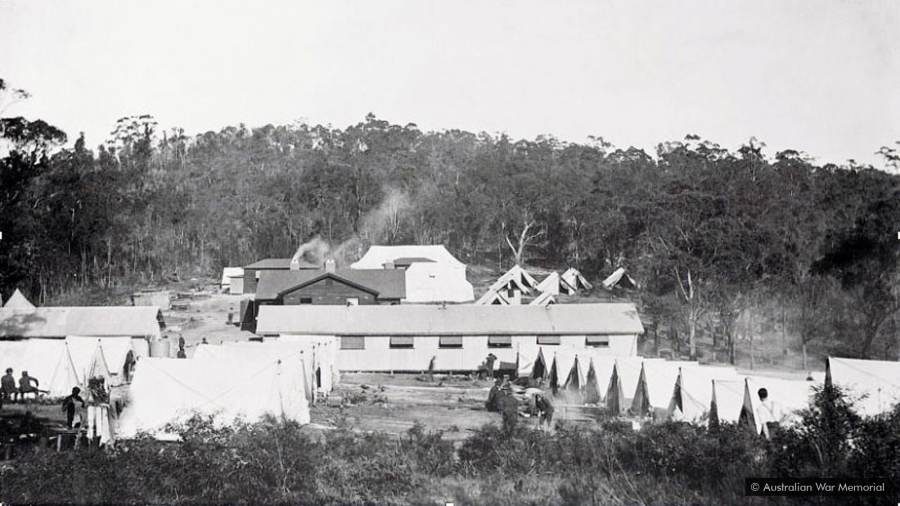
This site was used as a German prison camp during World War I.
There were swimming, fishing, football, a cinema tent and a boxing ring to help the soldiers vent their anger and frustration. Red Cross comfort packages containing luxuries such as cigarettes, books and fruit boosted the soldiers' morale.
After the threat of the flu passed, the Quarantine Station largely ceased operations until the 1950s, when its focus shifted from humans to plants.
As the only Australian quarantine station located on an island, it was converted into a national plant quarantine station, where introduced exotic species such as raspberries, apples and hops were quarantined and tested for diseases that could have serious health and economic consequences if they were allowed into Australia.

In 1986, plant quarantine was moved to Kingston on Tasmania's main island and the site remained dormant until the Tasmanian government declared it a National Reserve in 2003.
Open for tourism
The response has been very positive, and the self-guided heritage walking tour has been designed to allow visitors to explore at their own pace. Apart from the birdsong and the wind rustling through the eucalyptus trees, the only sound you will hear as you walk around the Quarantine Station is the crunch of your footsteps on the cobblestones.
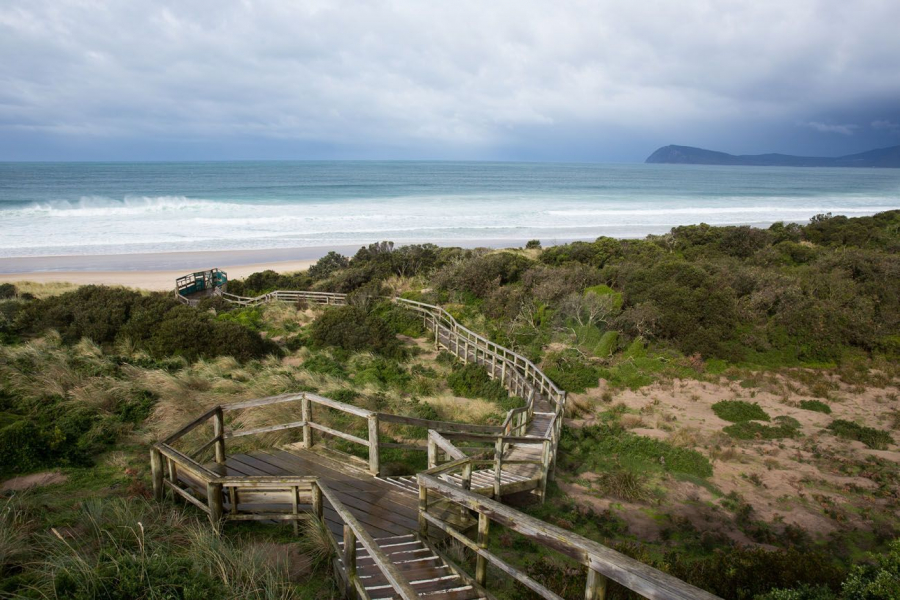
Visitors can experience the self-discovery walking route.
The sprawling island makes it easy to avoid other tourists and soak in the stories written on the interpretive panels. Some describe buildings like the disinfection chamber and the Health Officer’s quarters, which still stand today. Others tell how structures have been demolished over the years.
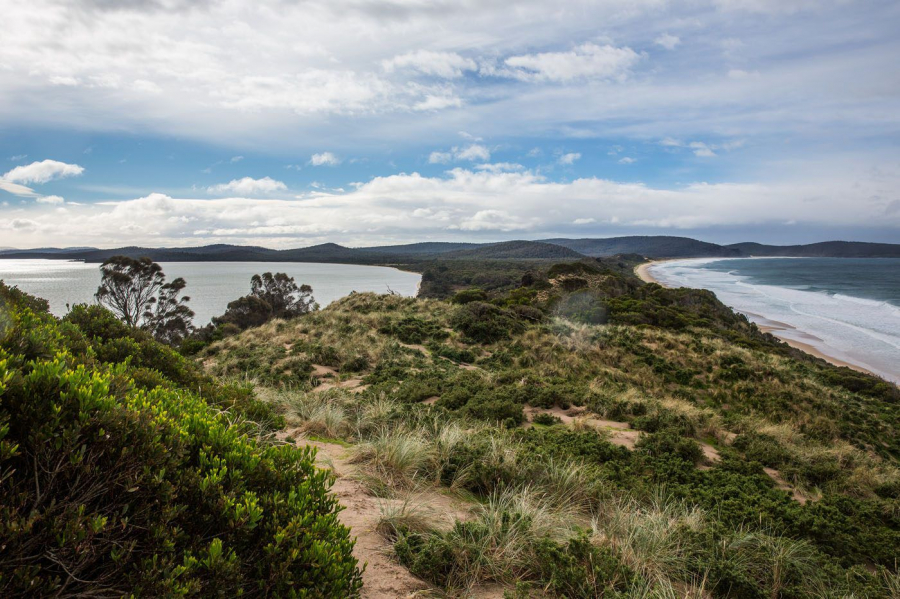
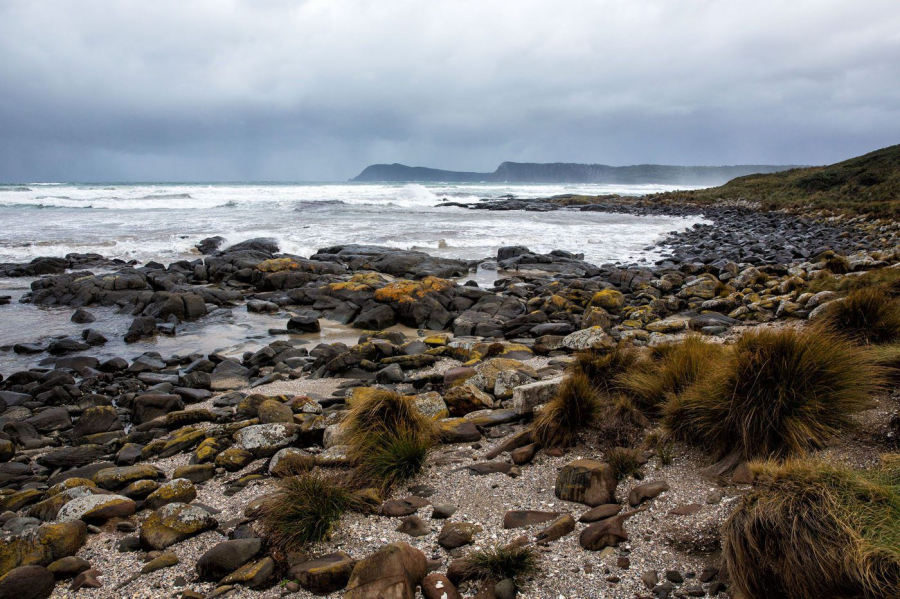

The self-guided walking tour takes visitors through the history of Bruny Island.
Soldiers who spent time here after World War I were eager to return to civilisation, but for some Tasmanian volunteers, being quarantined in this remote location was a dream job. They loved the rugged beauty of the place and were passionate about sharing its history with visitors from Australia and around the world.



























